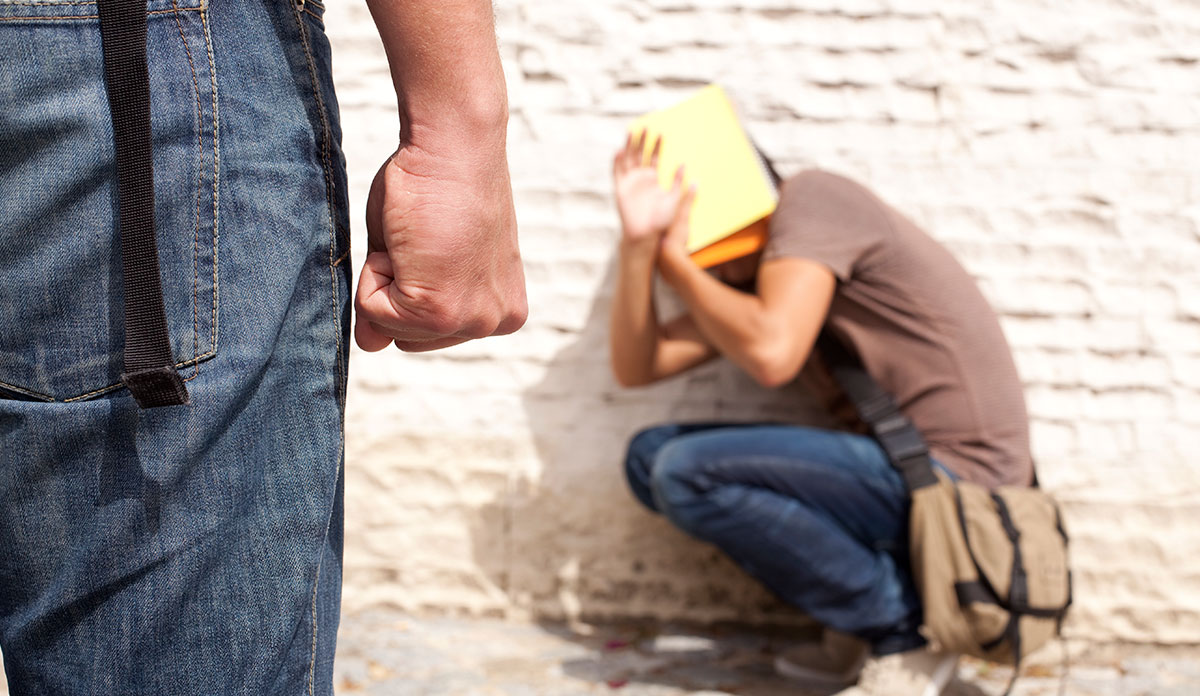Violence in schools and among school-aged children is a serious problem in the U.S. The National Center for Education Statistics has recorded nearly 600 school shootings since the turn of the century, including 66 in the 2018-19 academic year alone. In 2018, students age 12 to 18 were the victims of more than a million incidents of theft and nonfatal violence, and juveniles age 17 and under made up 9.7% of all arrests for serious violent crimes.
In our study, we set out to understand the risk of violence among students who internalize street culture values that promote the use of physical force and aggression as ways to establish a tough reputation and earn respect among peers. We also were interested in gauging the influence of the overall prevalence of street culture values within schools. To accomplish these objectives, we collected data from nearly 2,000 students in grades 7, 8, and 9 at 40 schools located in Boston, Denver, Miami, and their surrounding metro areas.
First, we compared the risk of violence among students who differed in their acceptance of street culture values. Second, we compared the risk of violence among youth attending schools with differing levels of street culture values among their student bodies. Here our interest was in knowing how pervasive street culture values affect the risk of violence among individual students. In all comparisons, we adjusted for personal student characteristics, including self-control, attachment to family and school, academic performance, levels of peer violence, and demographics known to affect violent outcomes. We also adjusted for city location and school type (i.e., private, traditional public, and public charter).
Consistent with studies of adolescent and young adult populations in other social contexts, we found that students who reported stronger acceptance of street culture values were at significantly greater risk of violent behavior. This suggests that internalizing values emphasizing toughness and respect increases the likelihood of student involvement in violence.
The risk of violence was not higher (or lower) in schools with more pervasive street culture values. Higher concentrations of street culture values within schools did not increase the likelihood of violence above and beyond the effects of the street culture values of individual students. Our results also showed that attending schools with more pervasive street culture values did not magnify the risk of violence among individual students who had internalized these same values.
Photo via Getty Images

















